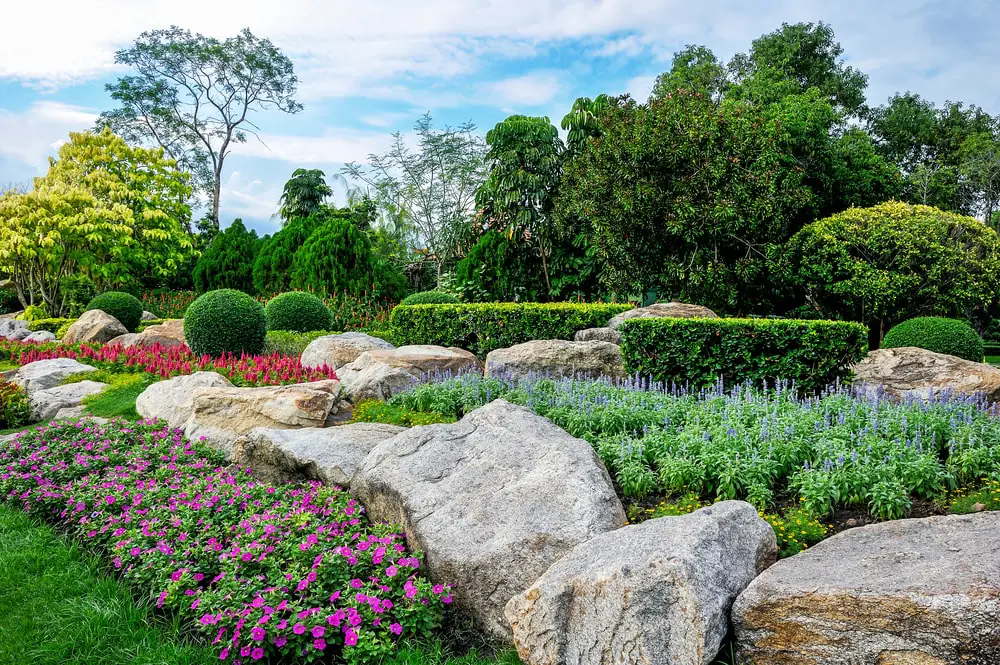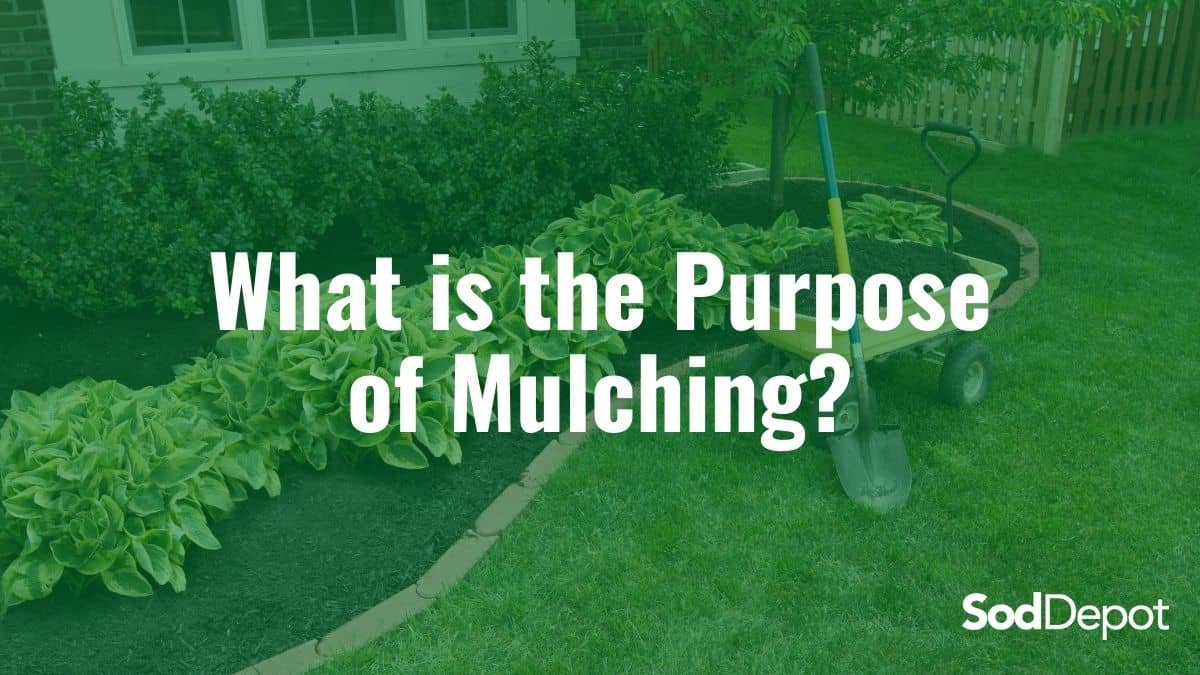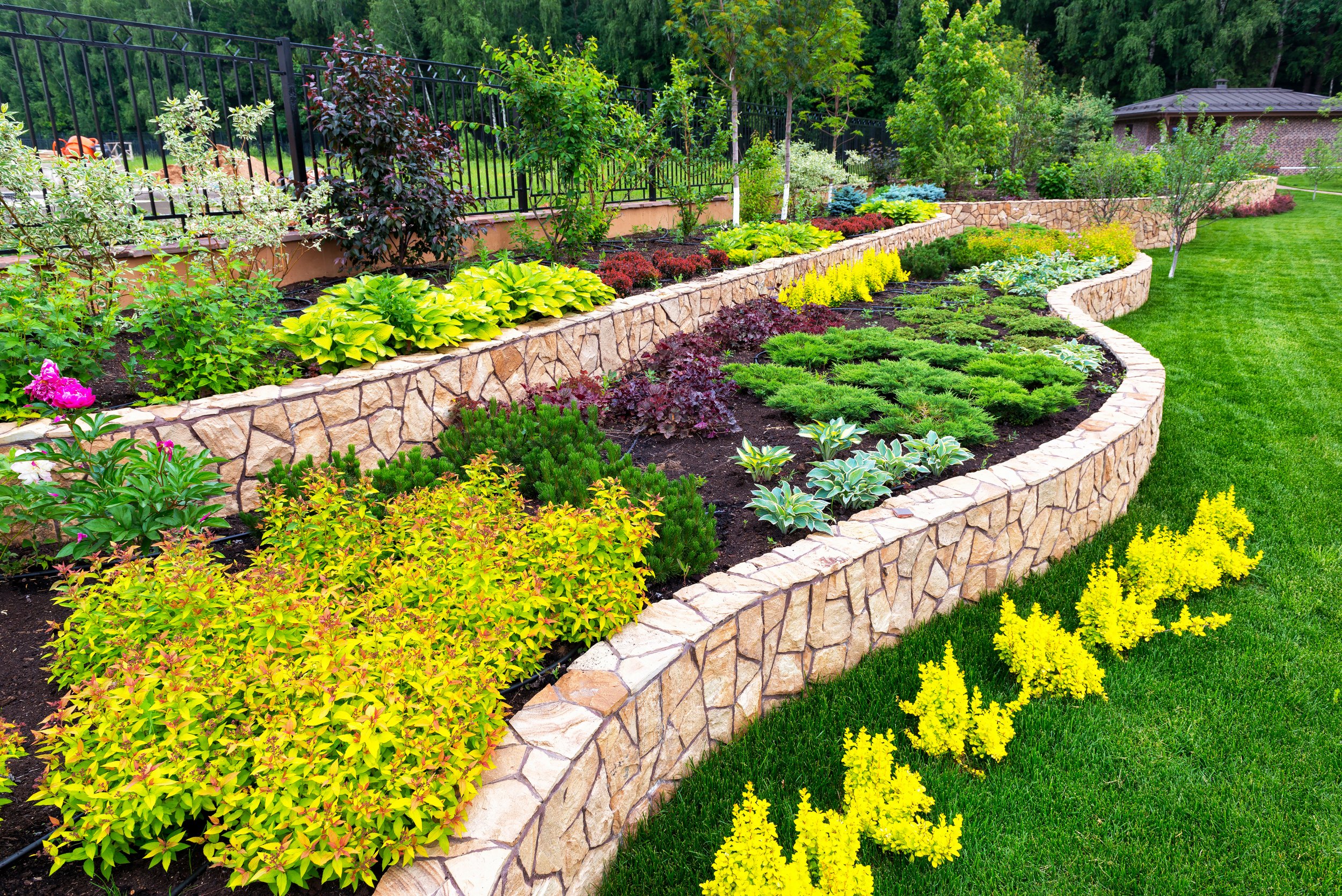The Best Strategy To Use For Hilton Head Landscapes
The Best Strategy To Use For Hilton Head Landscapes
Blog Article
Not known Factual Statements About Hilton Head Landscapes
Table of ContentsThe Only Guide to Hilton Head LandscapesHilton Head Landscapes Can Be Fun For AnyoneSome Known Details About Hilton Head Landscapes Hilton Head Landscapes for DummiesThe smart Trick of Hilton Head Landscapes That Nobody is Talking AboutSome Ideas on Hilton Head Landscapes You Should KnowFacts About Hilton Head Landscapes Revealed
Line produces all forms and patterns and can be made use of in a selection of means in the landscape. Line in the landscape is produced by the edge between 2 materials, the synopsis or silhouette of a kind, or a lengthy direct attribute. Lines are an effective tool for the designer because they can be utilized to create a boundless range of forms and types, and they control activity of the eye and the body.

Lines can have one or even more features, such as those explained below, but they typically offer different purposes. Number 1. Lines in the landscape - hilton head landscapers. The residential or commercial properties of lines establish just how individuals react to the landscape, both mentally and literally. Straight lines are structural and forceful; they produce an official personality, are usually associated with a symmetrical style, and lead the eye directly to a centerpiece.
Not known Facts About Hilton Head Landscapes
Straight lines are most frequently located in hardscape sides and product. Curved lines produce an informal, all-natural, unwinded character that is associated a lot more with nature and unbalanced equilibrium. Bent lines relocate the eye at a slower rate and include enigma to the room by developing hidden sights. Upright lines relocate the eye up, making an area feel bigger.
Vertical lines in the landscape consist of high, slim plant material, such as trees, or high frameworks, such as an arbor or a bird home on a post. Straight lines move the eye along the ground plane and can make a space really feel bigger. Reduced lines are more suppressed and produce a feeling of rest or repose.
3 Simple Techniques For Hilton Head Landscapes
Low lines are created by low yard walls, sidewalks, and short hedges. Lines are made use of to draw kinds on a plan. In strategy view, they specify plant beds and hardscape locations. Lines are likewise created by the upright types of built attributes and plant material. There are three primary line kinds that produce form in the landscape: bedlines, hardscape lines, and plant lines.
Bedlines connect plant product to the home and hardscape due to the fact that the eye complies with the line, relocating the look via the landscape. Hardscape lines are created by the side of the hardscape, which delineates the developed framework. Line can also be created by long and slim products, such as a fence or wall.
Hilton Head Landscapes - Questions
Type is located in both hardscape and plants, and it is commonly the dominant aesthetic component that spatially arranges the landscape and typically identifies the style of the garden. The type of structures, plant beds, and garden ornaments also identifies the overall form motif of the yard. Official, geometric types consist of circles, squares, and polygons.
Plants produce form in the yard via their lays out or silhouettes, yet type can also be defined by a gap or adverse room in between plants - bluffton landscaping (https://www.4shared.com/u/jPjMNmnZ/stevenagonzales.html). Circles can be complete circles, or they can be separated into half circles or circle segments and integrated with lines to develop arcs and tangents
Getting The Hilton Head Landscapes To Work
Circles can likewise be extended into ovals and ellipses for more selection and rate of interest. Circles are a solid style kind because the eye is constantly attracted to the center, which can be used to stress a focal point or link other types. Number 2. Round forms in hardscape and grass panels.
The square form can likewise be segmented and pre-owned continuously to create a grid pattern. Unlike circles, squares are more powerful on the sides, which can be lined up or overlapped to produce one-of-a-kind patterns and even more complicated kinds.
Meandering lines commonly imitate the natural training course of rivers or streams and can be explained as smooth lines with deeply rounded wavinesses. Twisting lines (Number 3) function well for paths, plant bedlines, and completely dry stream beds. Twisting lines can include interest and mystery to a yard by leading customers around edges to find brand-new sights and areas.
Hilton Head Landscapes Things To Know Before You Get This

Usual plant types are well developed and standardized, as kind is the most regular and recognizable feature of plants. Kind can additionally be created through the massing of plants, where the overall mass creates a different type than a private plant.
A very different type has to be used with careone or two job well as a prime focus, however a lot of wreak havoc. Natural plant forms, as opposed to over-trimmed types, should establish the bulk of the make-up. The significance of overall type is a lot more or much less based on the checking out perspectivethe form of a tree can appear rather various to a person standing under the canopy versus watching the tree from a distance in an open field.
Hilton Head Landscapes Fundamentals Explained
Plant types likewise develop and define deep space or open areas between the plants, producing either convex or concave types in the gaps. High-arching tree branches usually develop a concave use this link open room under the branches, and a rounded cover with reduced branches fills up the area to develop a convex kind outdoors space under the tree.

Report this page